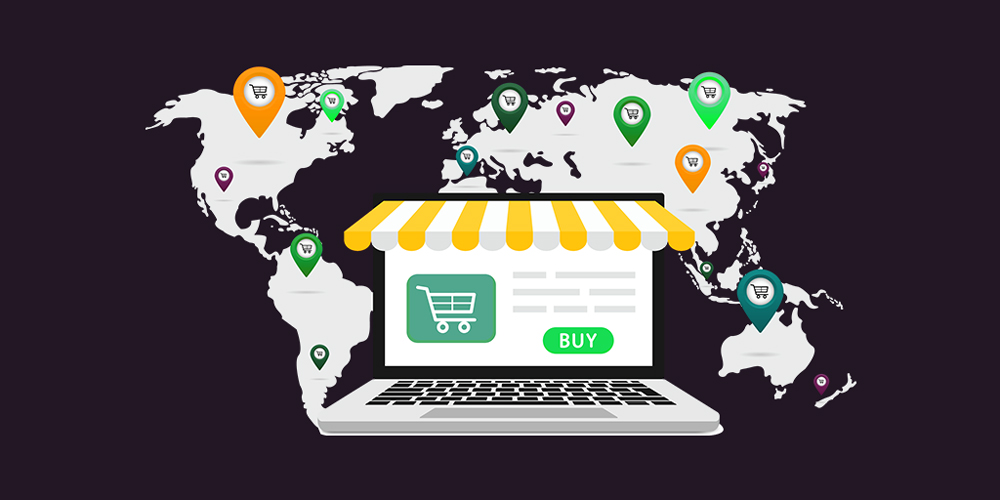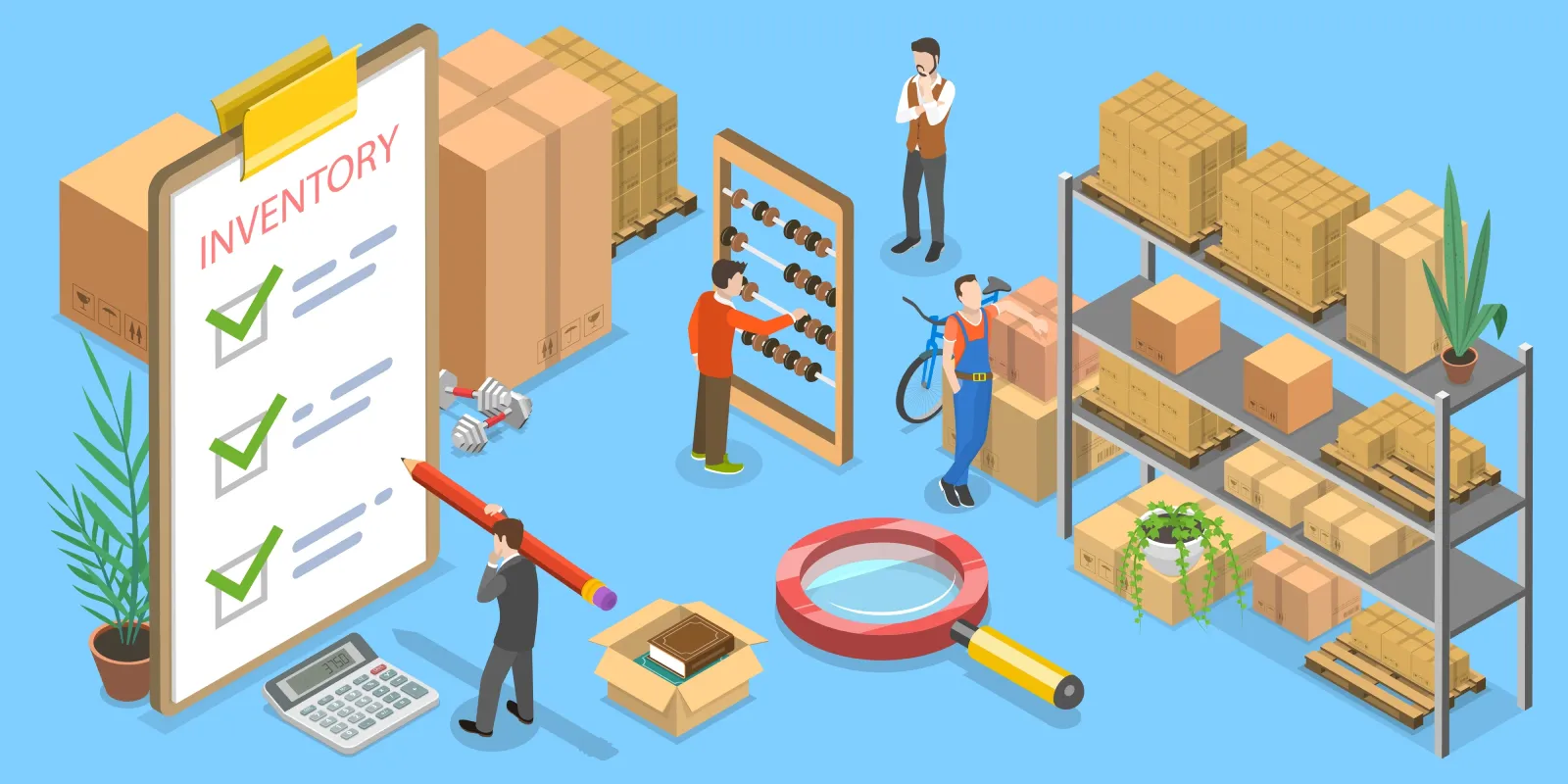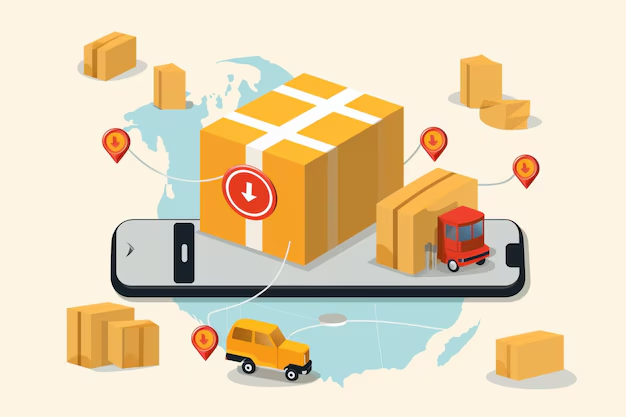Global Logistics and Fulfillment: A Key Component of Cross-Border E-Commerce Success
In today’s rapidly growing e-commerce landscape, global logistics and fulfillment have become integral to the success of cross-border businesses. As more retailers venture beyond their home markets, ensuring efficient and reliable logistics is crucial for maintaining customer satisfaction, driving growth, and staying competitive. This article will explore the essential components of global logistics and fulfillment, how they impact cross-border e-commerce, and practical tips for optimizing your supply chain.
What is Global Logistics and Fulfillment?
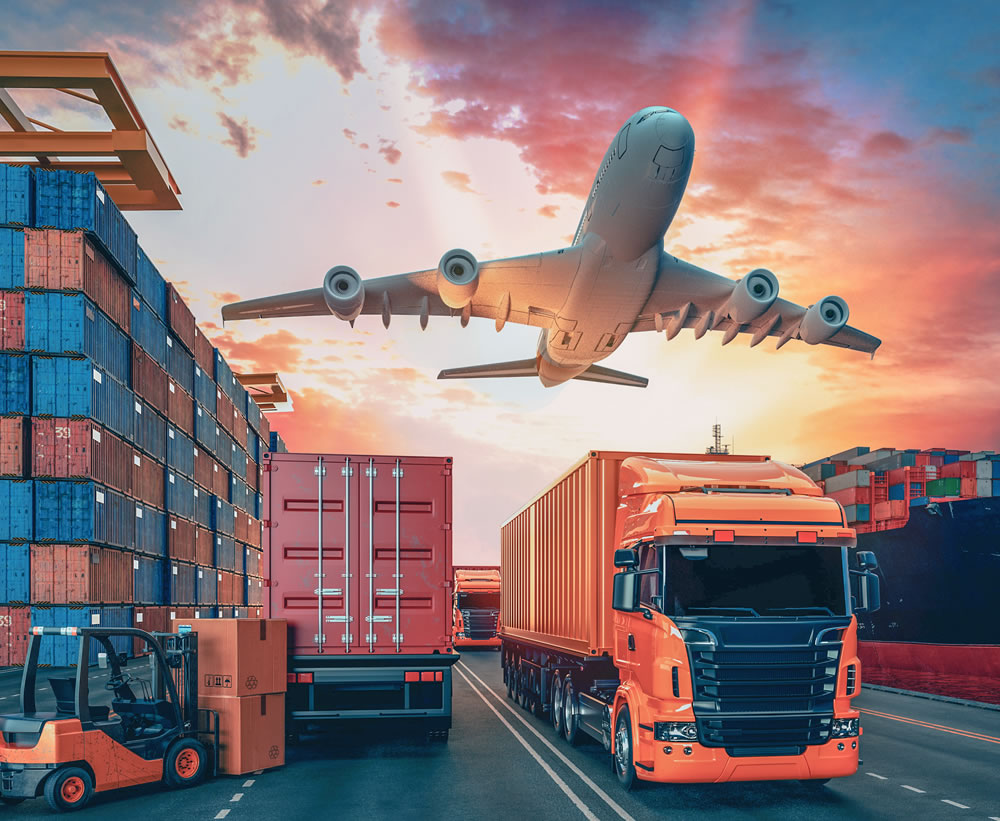
Global logistics and fulfillment refer to the entire process of transporting goods across international borders, from the moment an order is placed until the product reaches the customer’s doorstep. This process involves multiple stages, including order processing, inventory management, packaging, shipping, and last-mile delivery. For e-commerce businesses, a robust logistics strategy is vital for overcoming challenges such as customs clearance, language barriers, varying regulations, and managing customer expectations.
The Importance of Global Logistics in Cross-Border E-Commerce
As cross-border e-commerce continues to grow, businesses must adapt to new complexities. Global logistics enables businesses to reach international customers, but it comes with its own set of challenges. Effective logistics solutions can provide the following key benefits:
- Improved Customer Experience: Timely and accurate deliveries are essential for customer satisfaction. With the right logistics partners and strategies, businesses can ensure faster delivery times, better tracking systems, and more transparent communication with customers.
- Cost Efficiency: Logistics costs can quickly eat into a business’s profits. However, leveraging global logistics solutions can help businesses optimize shipping routes, reduce costs, and even take advantage of bulk shipping discounts.
- Compliance with Regulations: Different countries have varying regulations for importing and exporting goods. Working with experienced logistics providers can help businesses navigate these complexities and avoid fines, penalties, or delays at customs.
- Scalability: As e-commerce businesses expand globally, scaling logistics operations becomes crucial. Global logistics partners can provide the infrastructure to grow a business’s reach without compromising service quality.
Key Elements of Global Logistics and Fulfillment
1. Order Processing and Inventory Management
Order processing is the first step in the fulfillment cycle. Once an order is placed, businesses need to efficiently manage their inventory across various warehouses or fulfillment centers to ensure orders are dispatched quickly.
Tips for Optimizing Order Processing:
- Automation: Implementing automated order processing systems can streamline workflows, reduce human errors, and speed up order fulfillment.
- Real-Time Inventory Tracking: Integrating real-time inventory tracking allows businesses to keep track of stock levels and prevent issues like stockouts or overstocking.
2. Packaging and Labeling

Packaging plays an important role in global logistics. The right packaging ensures that goods are protected during transit, while also adhering to the customs requirements of the destination country. Additionally, clear and accurate labeling helps to reduce delays at customs.
Best Practices for Packaging and Labeling:
- Durable Packaging: Use materials that protect products from damage during international transit.
- Compliance with Labeling Standards: Make sure all labels comply with international shipping regulations, including customs documentation and tracking barcodes.
3. Shipping Methods and Routes
Shipping methods and routes significantly impact delivery times and costs. For international shipments, choosing the right carriers and routes is critical.
Considerations for Shipping:
- Speed vs. Cost: Customers often prefer fast delivery, but it comes at a higher cost. Offering multiple shipping options allows customers to choose between faster or more affordable methods.
- Choosing the Right Carrier: Work with established global carriers like DHL, FedEx, or UPS, as they offer efficient international shipping services and reliable tracking systems.
4. Customs Clearance
Customs clearance is a complex aspect of cross-border logistics. All shipments crossing international borders must go through customs inspection, which can cause delays if not properly managed. Failure to comply with local customs regulations can also lead to fines or confiscation of goods.
How to Streamline Customs Clearance:
- Accurate Documentation: Ensure all required customs paperwork, such as invoices, certificates of origin, and shipping manifests, are accurately completed and submitted.
- Partner with Customs Brokers: Customs brokers can handle the paperwork and ensure compliance with local laws, reducing the risk of delays and fines.
5. Last-Mile Delivery
Last-mile delivery refers to the final leg of the journey, from the delivery hub to the customer’s doorstep. This stage is often the most challenging and costly part of the logistics process. Efficient last-mile delivery is crucial to ensuring a positive customer experience.
Strategies for Last-Mile Optimization:
- Local Delivery Partners: Partnering with local courier services can reduce delivery times and costs by using local expertise.
- Delivery Tracking: Providing customers with real-time tracking updates can reduce anxiety and enhance the overall shopping experience.
Challenges in Global Logistics and Fulfillment
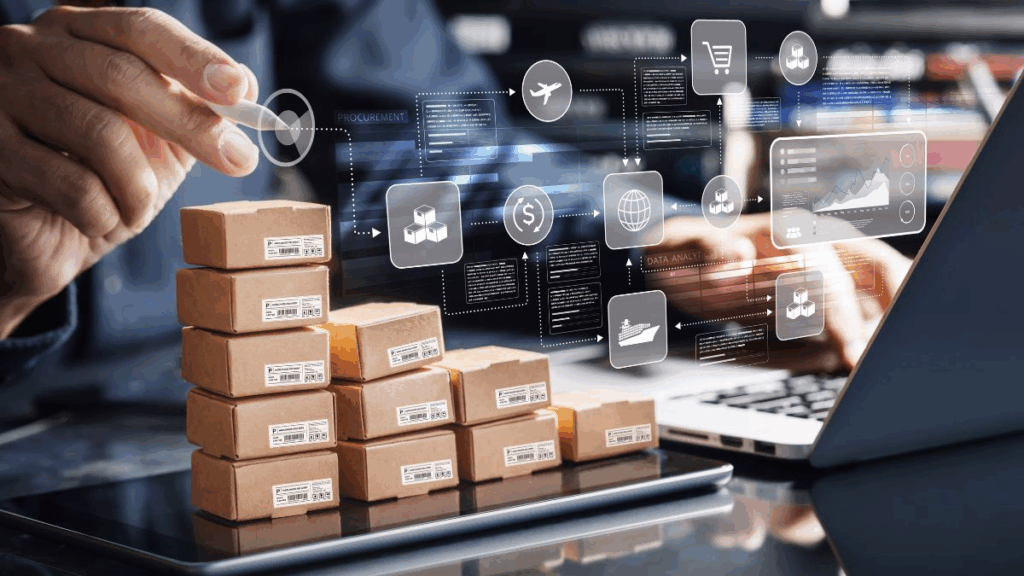
While global logistics offers many advantages, it also comes with its own set of challenges. Here are some common hurdles faced by businesses in cross-border e-commerce:
1. International Regulations and Compliance
Each country has its own regulations regarding taxes, duties, import/export restrictions, and labeling requirements. Failure to comply with these regulations can result in costly delays or even the seizure of products.
2. Currency and Payment Issues
When dealing with cross-border payments, fluctuations in currency exchange rates and the use of different currencies can complicate the payment process. Businesses must ensure they have secure and reliable payment methods in place that support international transactions.
3. Language Barriers and Communication
Language barriers can cause confusion during order processing, customs clearance, and customer communication. Working with a logistics partner familiar with local languages and customs can help mitigate these challenges.
4. Managing Customer Expectations
International shipping can be slow due to customs inspections, local delivery delays, or longer transit times. Managing customer expectations with clear communication about shipping times, potential delays, and tracking updates is key to preventing dissatisfaction.
Tips for Optimizing Global Logistics and Fulfillment
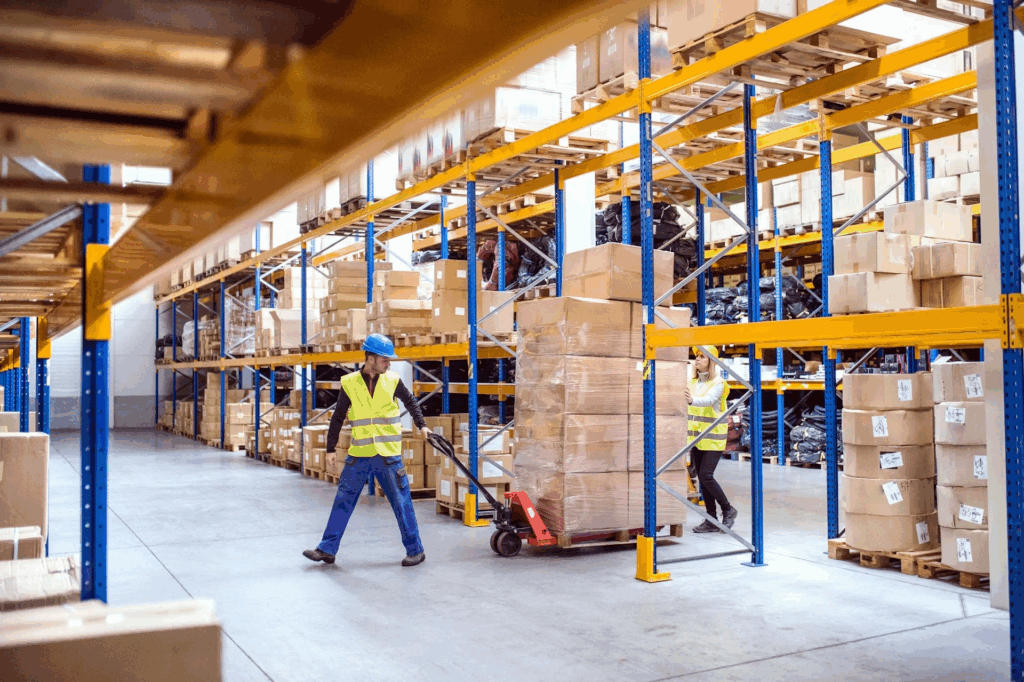
1. Partner with Reliable Logistics Providers
Selecting the right logistics partners is critical. Look for experienced logistics providers with global reach and established networks. Consider companies that specialize in cross-border shipping and have a proven track record of handling customs procedures and last-mile delivery.
2. Leverage Technology for Efficient Operations
Technology plays a significant role in improving logistics efficiency. Invest in integrated logistics software that offers real-time tracking, automated order processing, and analytics to monitor performance.
3. Focus on Sustainable Logistics Practices
As e-commerce continues to expand, sustainability is becoming a growing concern for both businesses and customers. Consider incorporating eco-friendly packaging, carbon-neutral shipping options, and energy-efficient warehouses to reduce your business’s environmental impact.
4. Provide Multiple Shipping Options
Offering a range of shipping options—standard, express, and economy—gives customers the flexibility to choose the method that best fits their needs. In addition, it’s important to set realistic delivery timeframes and communicate any potential delays.
5. Optimize Inventory Management Across Borders
Managing inventory across different regions can be a challenge. Use inventory management systems that can sync stock levels across multiple warehouses and fulfillment centers to reduce stockouts and backorders.
Conclusion
Global logistics and fulfillment are crucial components of cross-border e-commerce success. With a solid logistics strategy in place, businesses can enhance customer satisfaction, streamline operations, and expand their global reach. By leveraging technology, partnering with experienced logistics providers, and addressing key challenges such as customs clearance and last-mile delivery, businesses can build a logistics infrastructure that supports sustainable growth and long-term success.
Industry Insights
news via inbox
Nulla turp dis cursus. Integer liberos euismod pretium faucibua


